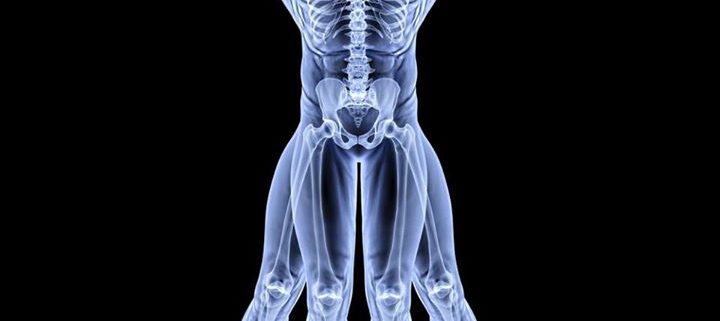The importance of structure In physical therapy, there seems
The importance of structure
In physical therapy, there seems to be two camps. There are those that consider that a structural anomaly is, in and of itself, strongly linked to potential issues. For others, the link is not so obvious.
Koes, a general practice professor, stipulates that in 90% of the cases, the lower back pain that individuals complain about is non-specific. Said otherwise, we don’t know why it’s there in the first place.
What about disc hernias?
Brinjiki’s studies (2014) demonstrate that 30% of adults in their 20’s have disc hernias. They are asymptomatic. This number increases to 84% around age 80. It is said that these are also asymptomatic.
In 2009, Baranto studied a cohort of athletes over a 15-year period and if, on one hand, he found a high incidence of disc degeneration, he did not see a correlation with pain.
What about disc degeneration?
Waris stipulates in 2007 that if you suffer from disc degeneration at a young age, it should progress but it is not necessarily linked to pain.
Brinjiki, in 2014, stipulates that if it’s 40% of youngsters in their 20’s that show signs of disc degeneration, we could say that it’s almost normal not to show signs of usage.
The choice of words used here is interesting. Normal or abnormal… we never speak of what is ideal!
So how can we help if structural data is no so fundamental?
The literature stipulates that when you reduce fear and anxiety in patients, they get better. As well, it seems that physical activity helps. Searle (2015) stipulated that resistance exercises were among the most efficient ones and Saragiatto (2016) said that exercises that improve motor control could have a positive effect.
So, if we strictly stick to the literature, structural deficits are more or less relevant yet, if we educate our patients and make them move, things should be ok!
I find this to be a bit thin. To educate to diminish anxiety and fear is good but to actually succeed in eliminating obstacles that relate to physical performance sounds more fun to me.
This is often what we are able to do when we use Posturology, which happens to take into account ontogenetic factors, motor control and structural integrity.


I need to find the studies to prove it, but patients who display greater levels of fear and anxiety tend to take longer to ‘rehab’ from injuries, especially lower back pain. If we can reduce these factors, patients tend to recover quicker. We’ve actually participated is a couple studies with our athletes which showed this relationship.
That is a pretty cool observation man!